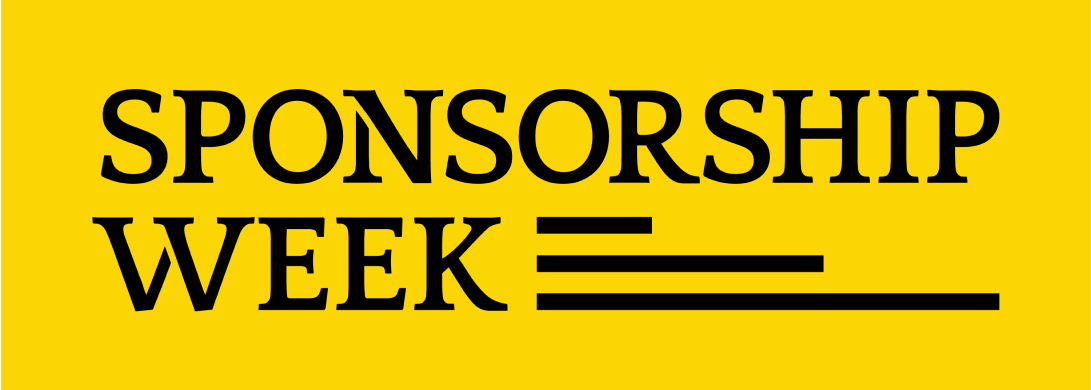
Bringing together experienced sponsorship leaders, trusted academics and industry disruptors to share their insights and expertise on a range of essential topics concerning the selection, activation and evaluation of sponsorship.

Bringing together experienced sponsorship leaders, trusted academics and industry disruptors to share their insights and expertise on a range of essential topics concerning the selection, activation and evaluation of sponsorship.